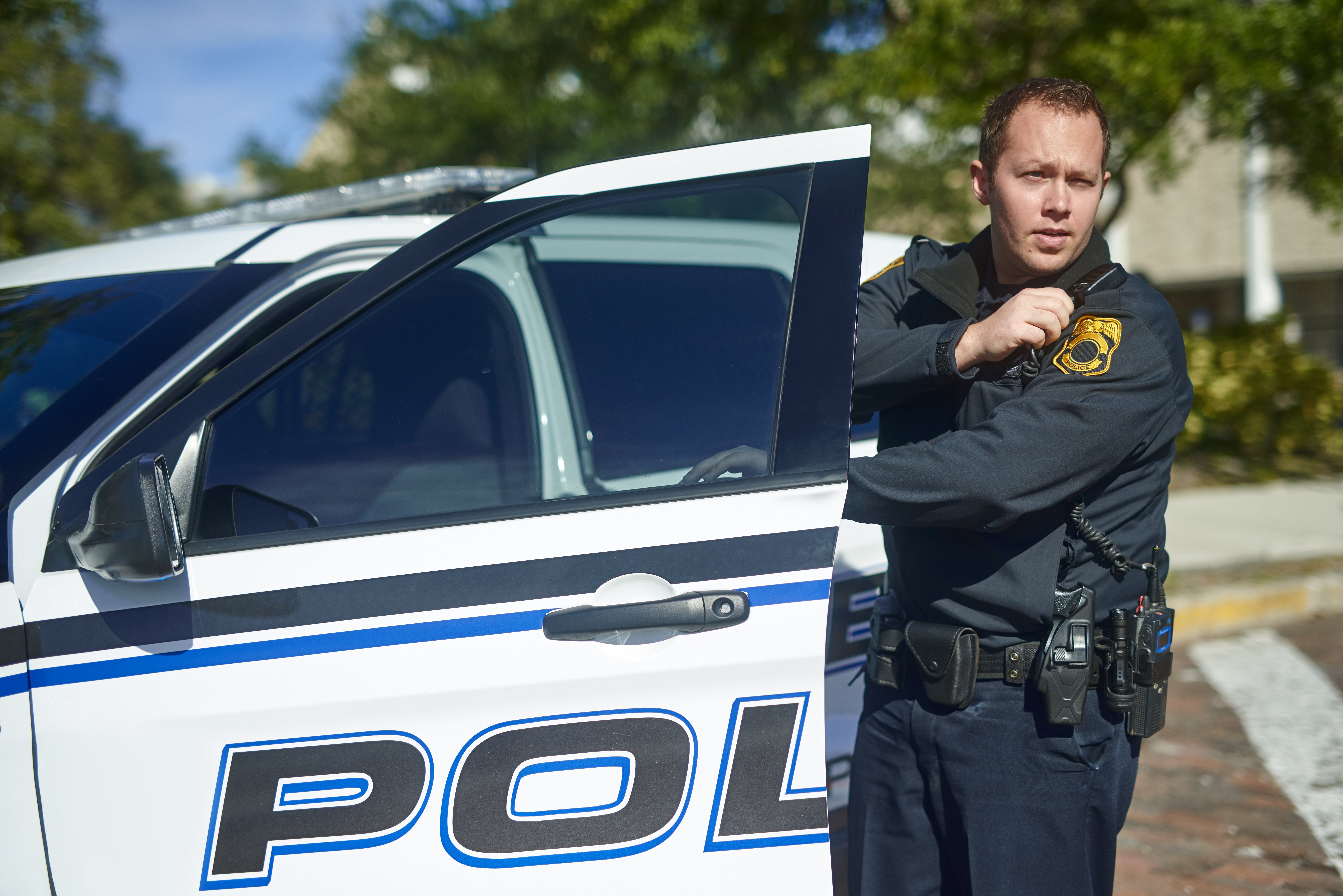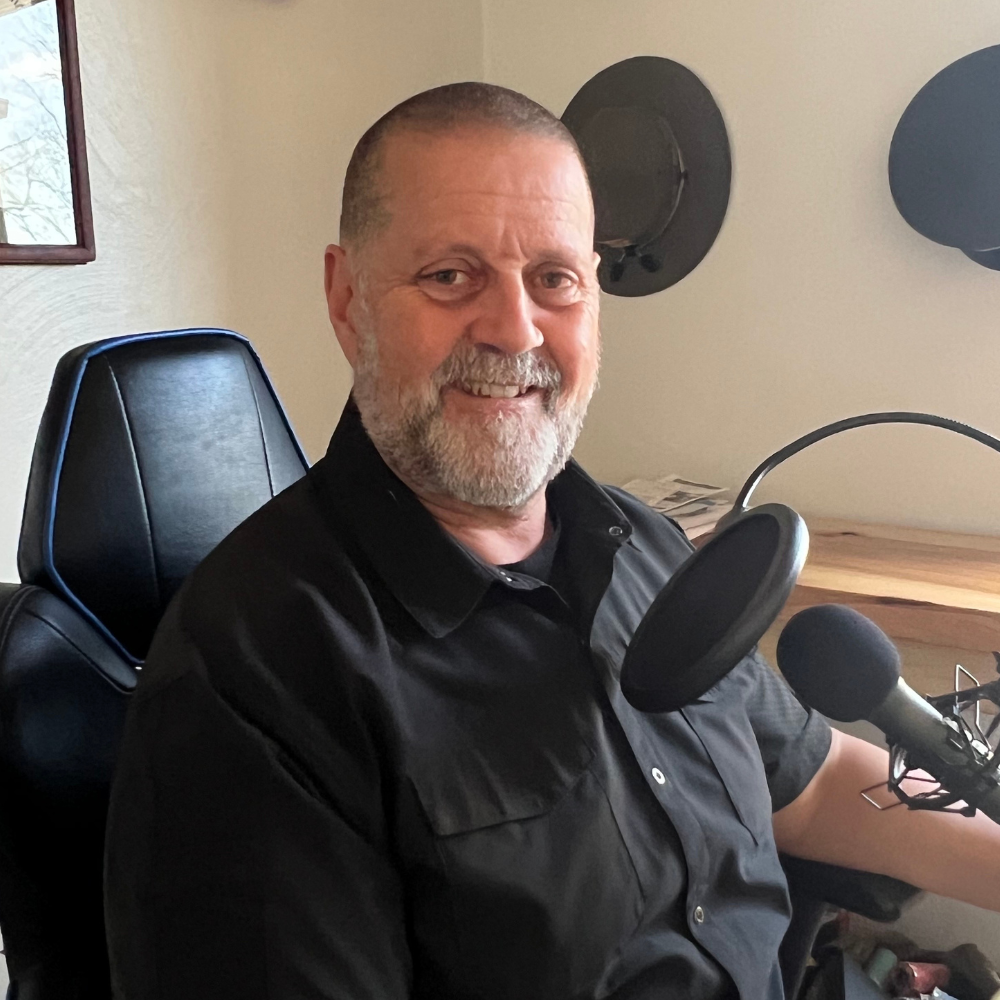There has been considerable discussion regarding what I will refer to as the gap(s) between our schools and law enforcement. In my opinion, there is also a misunderstanding of law enforcement’s role in school safety and society. This is evident by what we see and hear. Things like, “It is their job to keep us safe, and to protect us.”
Truth be told, law enforcement isn’t helping with this message either. They all have catchy slogans designed to instill trust within their communities. Slogans like “To Protect and Serve,” “Keeping the Peace Since 1850,” “Dedicated to Protection and Service,” and the list goes on and on.
The fact is that law enforcement agencies are response agencies. Don’t get me wrong, they do try to be proactive, but they are limited in their ability to prevent crimes from happening: high-visibility patrols, neighborhood and business meetings, but they just can’t be everywhere all the time. But we still turn to them as the experts in school safety for advice. However, if we look back over the past 26 years, we can see that their solutions are almost always ways to improve their responses, such as panic buttons, maps, active shooter drills, and full-scale exercises.
Now, from the school's perspective, they are not experts in responding to violent events, so they seek advice from those we believe are—law enforcement. Inevitably, law enforcement will point schools to security measures to prevent the problem from entering their buildings. But what if the problem is already in your building? What if the problem has been growing inside your building since it was introduced to the school at the age of four? They are not experts in dealing with long-term mental health, emotional, and abuse issues.
Let’s examine society's unrealistic expectations of law enforcement and our schools. When I was a child in school, they offered school lunches at free or reduced prices if your family couldn't afford to pay for them. Today, our schools often provide all three meals to a significant percentage of their student body. They also offer on-site health and dental care clinics. Not to mention, psychological and counseling services. In law enforcement, there is a saying, “There is no problem in society that can’t be solved with more law enforcement training.” From my perspective, a significant portion of society wants others to take care of their responsibilities so they don’t have to worry about them. But this is a double-edged sword. They don’t want the responsibility, but you had better do it correctly, or else!
So, what happens when two separate organizations, each trying their best to address major societal problems, do so from entirely different perspectives? When you ask one or the other for their advice and expertise, they will inevitably answer from their perspective. They can only answer it this way without any additional information or understanding of the other’s perspective. This is likely why there are, generally speaking, two different camps on the issues surrounding school violence: Prevention and Response.
What is the answer? The answer should not be a surprise to anyone!
We must share our perspectives long before any emergency occurs. This is accomplished with regular planning meetings, drill evaluations, tabletop exercises, and full-scale exercises. We are discussing building perspective, trust, and willingness to share resources to achieve the ultimate goal: zero victims. This is especially important when there is an emergency at your school. If you want to go to the next level, your district would create an MOU (Memorandum of Understanding) between the district and your first responders, not just law enforcement. Here are a few items I would consider addressing in your MOU:
- Building an emergency response team that functions on the principles of the Unified Command system.
- Define roles (and their back-ups) and responsibilities for each functional agency.
- Establish expectations for each agency.
- Establish a de-confliction and grievance process/policy.
- Establish a training and exercise program and designate which agency is responsible for training for specific emergencies. This program should have a schedule that coincides with the school calendar.
- Establish an after-action review and reporting process.
- Each agency is required to sign the MOU annually to reaffirm its commitment to the school's safety.
School and community safety require well-established partnerships based on trusting relationships. The only way to accomplish this is to work closely together long before an emergency occurs. This will allow everyone to work together more efficiently and effectively.








.png)
.png)


(1)